Table of contents
- Andy King
- San Francisco, United States
- Business started in 2023
- 2 Employees
- $200,000 annual revenue
- 5,000 Registered users
- 5,000 Figma Plugin users
- 11,000 Newsletter subscribers
- 25,000 Website visitors per month
- Bootstrapped
- Email Love
Andy what’s your backstory?
I'm an Auckland boy. I had a pretty normal upbringing, spent summers and weekends playing cricket, soccer, and rugby. I enjoyed school up until high school, then I started to hate it. Managed to scrape into university and ended up studying Marketing and International Business at Auckland University of Technology (AUT), which I liked. During university, I won a scholarship to study abroad for a semester and chose Montreal. I remember crying to my mum on my first night there because I'd never been away from home by myself, and it was overwhelming as hell. But it ended up being an amazing trip, I made a lot of new friends and got bitten by the travel bug.
I came back to Auckland, finished my degree, and landed a job as a Marketing Assistant at Kia Motors. On paper, it was a great place to land. In reality, I was miserable. Everyone was way older than me, and the job was basically printing flyers for direct mail campaigns. I felt like I was cutting down a forest every week. After a year, I knew this wasn't what I wanted to do, so I moved to London. Got a job in e-marketing at the Institute of Directors, running email, SEO, and PPC. This is where I learned about email marketing and decided it's what I enjoyed most.
After three years there, I landed a job at Lyris, a US email service provider. Eventually, my boss asked if I wanted to move to the US to work in their Oakland office. I jumped at it, and I’ve lived in the Bay Area ever since. After leaving Lyris, I got a Sales Engineering role at Campaign Monitor, which had just raised a bunch of funding. In my second week, the whole company went to Fiji. It seemed amazing until it all fell apart. Layoffs and mergers followed pretty quickly. That’s when I started getting disillusioned with the tech space. All these companies were taking millions of dollars, burning it in a couple of years on fancy trips, offices, and highly paid executives, then firing everyone when they realised they weren’t profitable. So while things were falling apart at Campaign Monitor, I started working on my email inspiration website. I called it Kurated Email at first, then got the domain for Curated Inspiration, but it never really took off.
Meanwhile, I was getting married, having a kid, and eventually got a new job at DocuSign during the pandemic. Never really enjoyed the eSignature space though, so I started a new website called Bettr.email and began freelancing on Upwork. I was designing and coding emails during evenings, trying to grow website traffic. Working pretty hard, but I didn’t mind—I liked the email work. Then in 2023, my friend Rob Hope got in touch and asked if I wanted to buy his email website, Emaillove.com. It was still pretty small but way more advanced than my site and had more potential. He sold it to me on a payment plan, and I’ve been adding new designs to it every day since.
Because of my freelancing work, I had the idea to build a Figma plugin, Why not design in Figma and export your design as email code? I searched online and was bummed to see a couple of plugins already existed, but I figured the email market was big enough for another one. Then I found a developer on Upwork in Nepal with good reviews. Took about 12 months to get a working version, but I’ve been using it ever since and feel like I made a good decision, though finding good developers on Upwork involves a lot of luck. Meanwhile, one of my old colleagues from Lyris was looking for a co-founder and reached out to see if I’d be interested. He had sold another company in the email space and had a couple of existing projects. We joined forces in 2024, and our company is called EmailStack, Our goal is to grow a portfolio of email-focused SaaS products under one holding company.
That’s how I got here. No master plan, just kept following what I enjoyed and wasn’t afraid to make moves when things weren’t working.
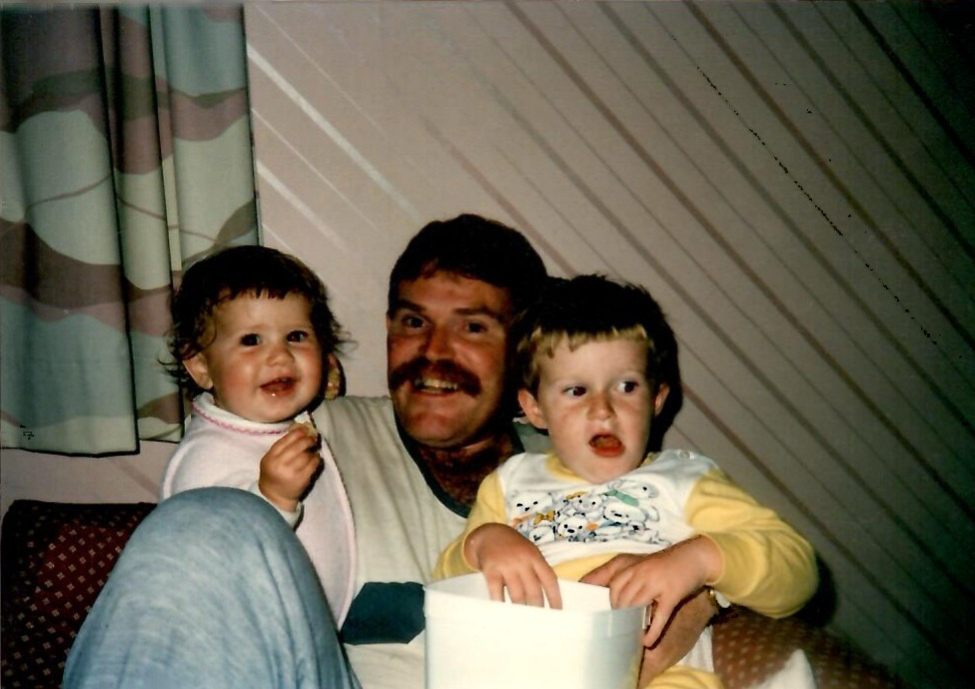
What does Email Love do, and how did you come up with the idea?
Email Love is where email marketers go to see what's actually working in the wild. We've subscribed to over 4,000 brands and automatically capture over 30,000 emails every month, everything from welcome sequences, promotional campaigns, and even transactional emails (we buy stuff every month, and the emails go directly on to the website).
But here's what makes us different: we don't just show you pretty emails. You can view everything in dark mode, on mobile, with images on or off. We also have a Pro subscription where you can see send frequency data, creative strategies, and what tech stack brands are actually using.
There are other email inspiration sites out there, sure. But none of them gives you the full picture like we do. Most focus on just design, or just data, or just desktop views. We figured email marketers needed all of it in one place.
In addition to the website, we also have a Figma Plugin where you can design an email in Figma and export it directly to your email provider as code. Rather than building a separate website and content for this, I decided to just call it the Email Love Figma Plugin and use my existing site traffic to help monetize it. I think it would have been a lot harder to get customers and traffic to a completely new site and brand.

How did you acquire your first 10 customers, and what strategies worked best?
For our Figma Plugin, it was primarily through our existing Email Love audience. Our site was getting close to 20,000 visitors per month when we launched it, and many of those people were our target customers. I did try things like Product Hunt and directories, but honestly, having an existing audience of our ICP (Ideal Customer Profile) was the key to our success.
How did you make sure your product met your customers' needs?
I suppose I'm a little different because I am my target customer. Even today, I still work directly with clients on their email design, so I use our product every day, and this gives me an unusually good view of what we need to build.
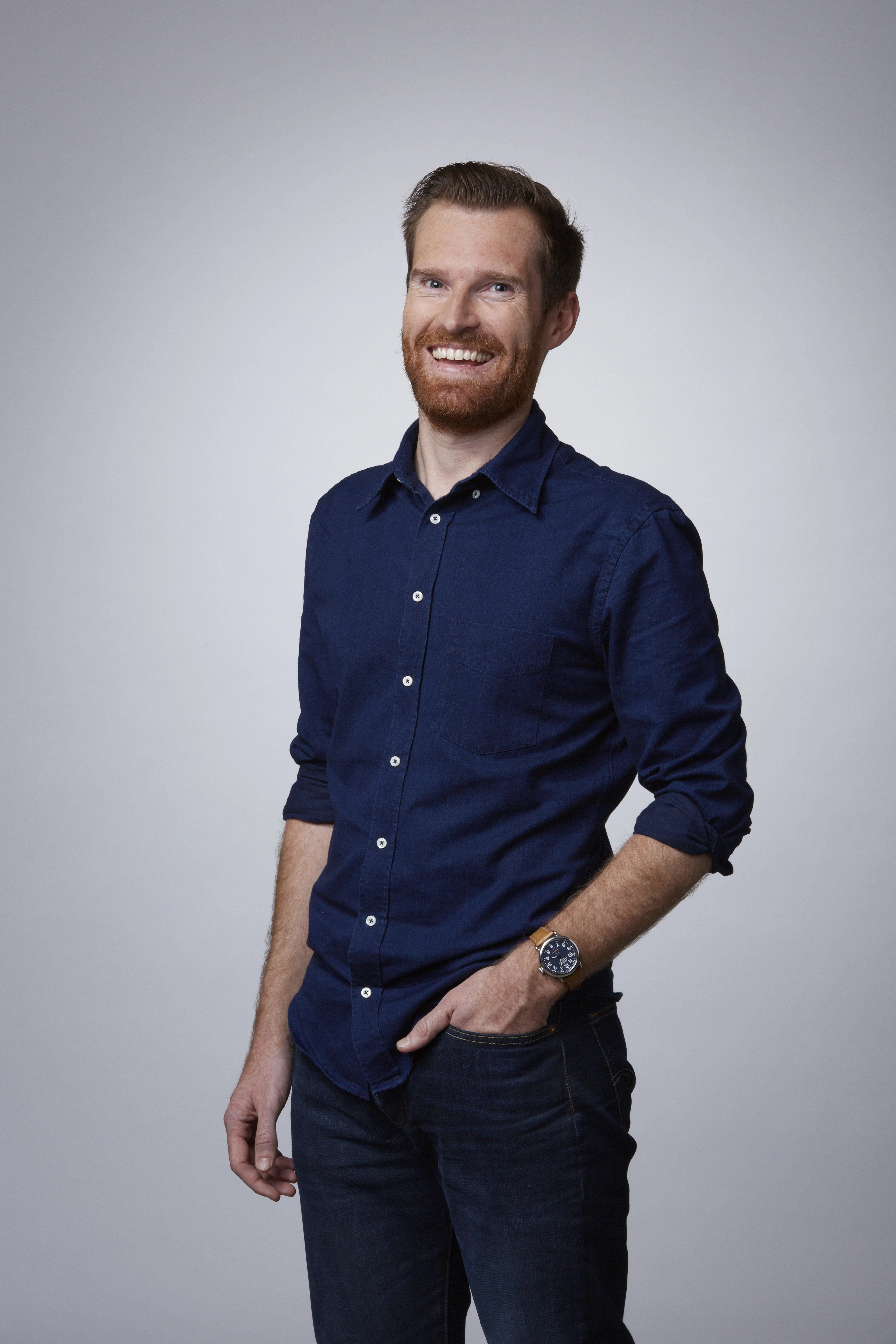
What distribution channels have been most effective for you, and how did you discover them?
As I mentioned, our website is our best channel. I've also found partnering with integration partners like Braze and Iterable to be a good source of leads. I haven't found much success with paid advertisement or newsletters other than our own.
If you had to pick one distribution channel for Email Love, which would it be and why?
Email, obviously.
What makes Email Love different from other email marketing or inspiration platforms?
Every day, I curate the best emails for our homepage. We have also built an automated process to upload every email a brand sends us. Each email goes through some APIs to extract key details like the ESP (Email Service Provider) used, number of images used, animated GIF usage, if responsive code is used, etc. This gives users the most comprehensive email inspiration and analytics on the market.
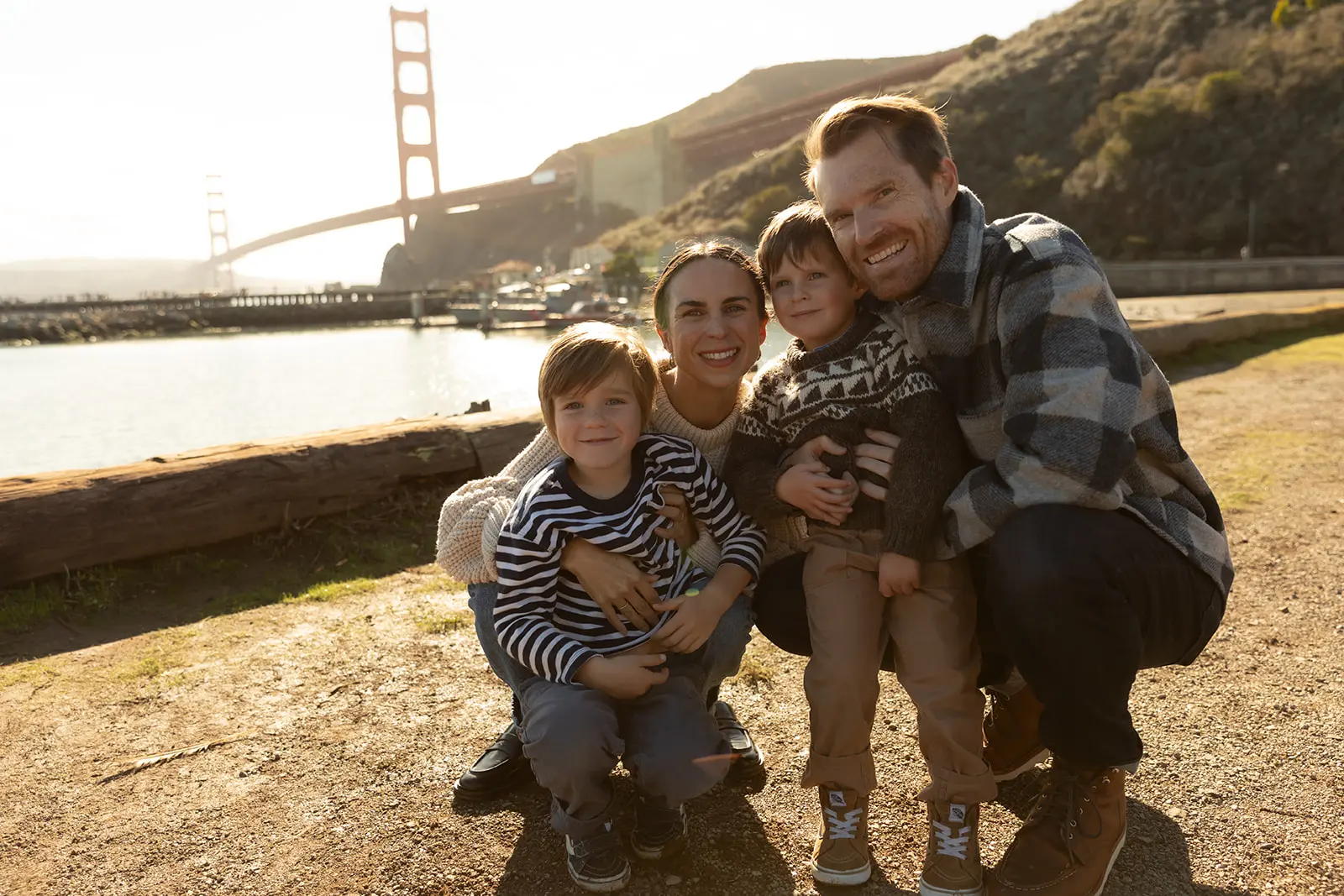
What’s your top tip for building credibility in a niche service like this?
I've been in the space for over 20 years at this point, so that helps build some street credentials. I also post useful email content weekly on our blog, newsletter, and social channels.
How did you decide on your pricing strategy, and what has been the response so far?
We have established competitors, so our pricing is anchored on their pricing. Since launching, our subscription pricing hasn't changed, but we have added a couple of high-value services around our Figma Plugin, which have been popular amongst our Enterprise customers.
How did you decide on pricing, and what’s helped convert free users to paid customers?
It was based on established competitors, which made it easy. We offer a limited free trial where you can export up to 10 emails for free. After that, you can't export and need to pay.
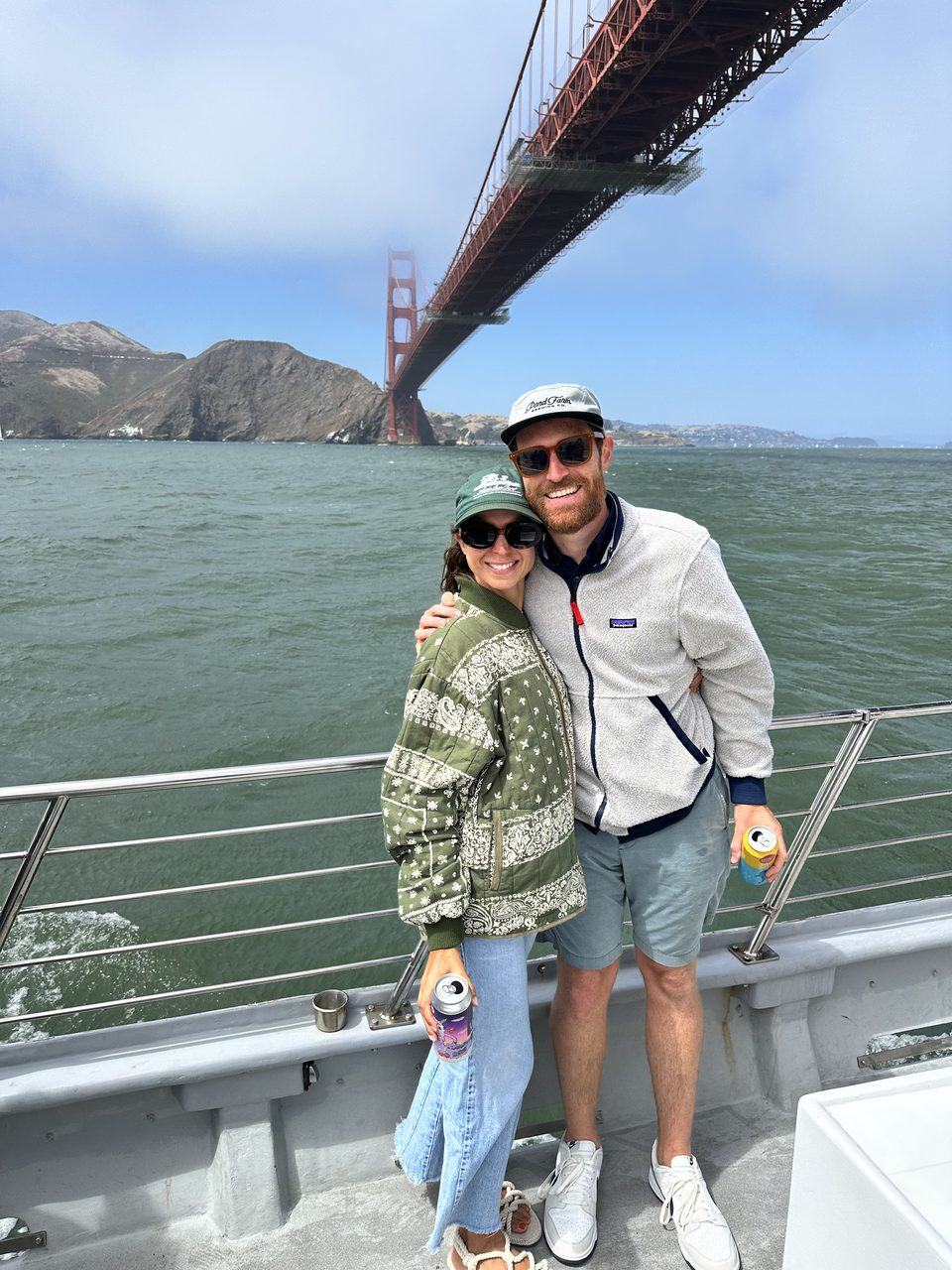
When someone signs up, how do you onboard new users?
We have a series of emails that go out with links to support documents and tutorial videos. I also offer my Calendly link to all new customers, as sometimes it's easier to just talk through things on Zoom.
How is the email marketing space evolving, and where does Email Love fit in?
I think AI will streamline the creation process, and we hope to be part of that with our Figma Plugin. In terms of the value of email, it might become more important for companies as AI eats their SEO traffic.
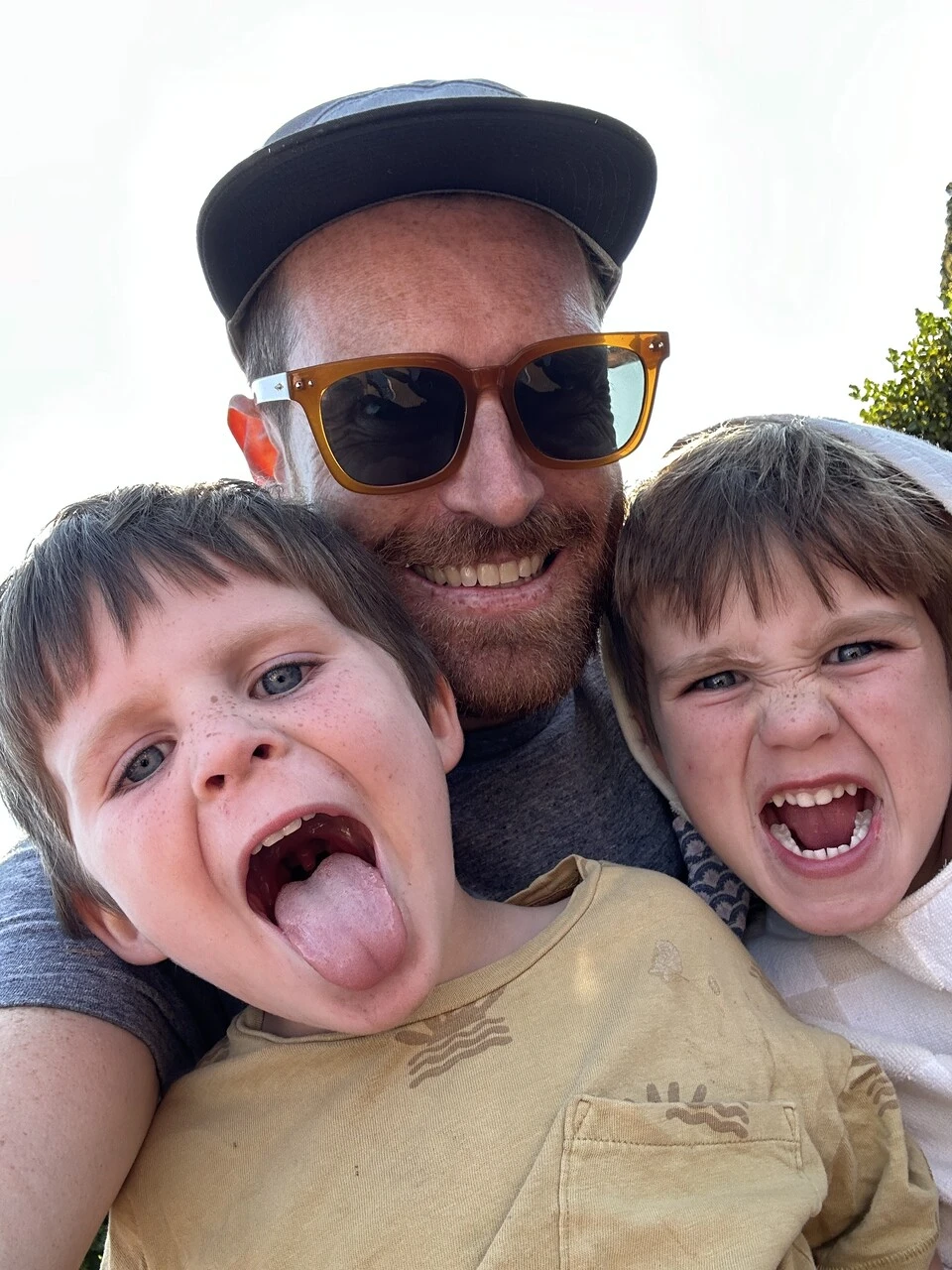
What are your plans for Email Love in the coming years?
Right now, we're focused on building our first AI feature. Based on how I've worked with clients in the past, most develop a brief and content for a campaign outside of their email builder. We plan to build an AI feature where you can upload your brief to our Figma Plugin, and we will generate the first version of your email, only using components from your existing design system. The idea is to get you 70-80% of the way there, You can then collaborate with your colleagues to finish the campaign in significantly less time.
Who are some experts or entrepreneurs you recommend for learning how to grow a business?
I do spend quite a bit of time watching entrepreneurial content on YouTube. A couple of my favorites include:
- Startups for the Rest of Us
- Nathan Barry Podcast
- The SaaS Podcast

What’s it like running Email Love as a solopreneur?
I still get a buzz when sales come in for a product I've built, honestly- it's one of the best feelings. The hard part is figuring out what works and what doesn't. I have never had an overnight smash hit, so playing the long game and making incremental improvements every day is key.
What specific tools, software, or resources have been essential in growing Email Love?
Figma, Plausible Analytics, Mailerlite, WordPress, Zapier, ChatGPT, Claude, Canva, and I still use Dreamweaver for email code.
What advice would you give on finding the right channels to attract customers?
Put yourself in the shoes of your ideal customer, where do they hang out? For me, it's LinkedIn and the Email Geeks Slack Community.
Any quotes you live by?
"Continuous improvement is better than delayed perfection"
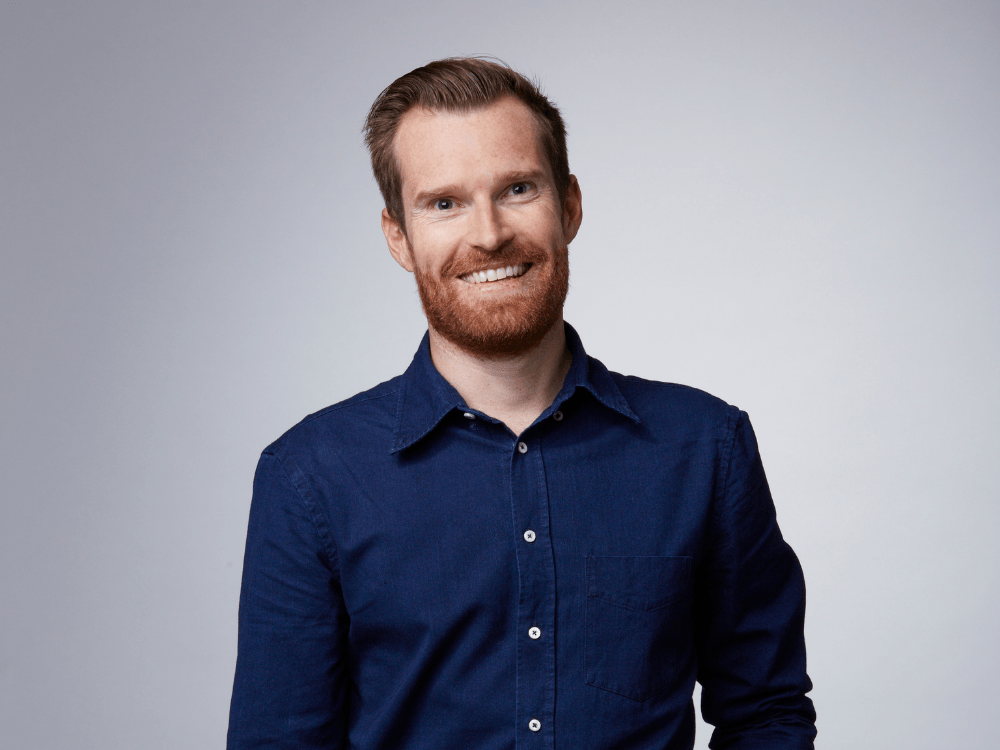
%20Logo.svg)




